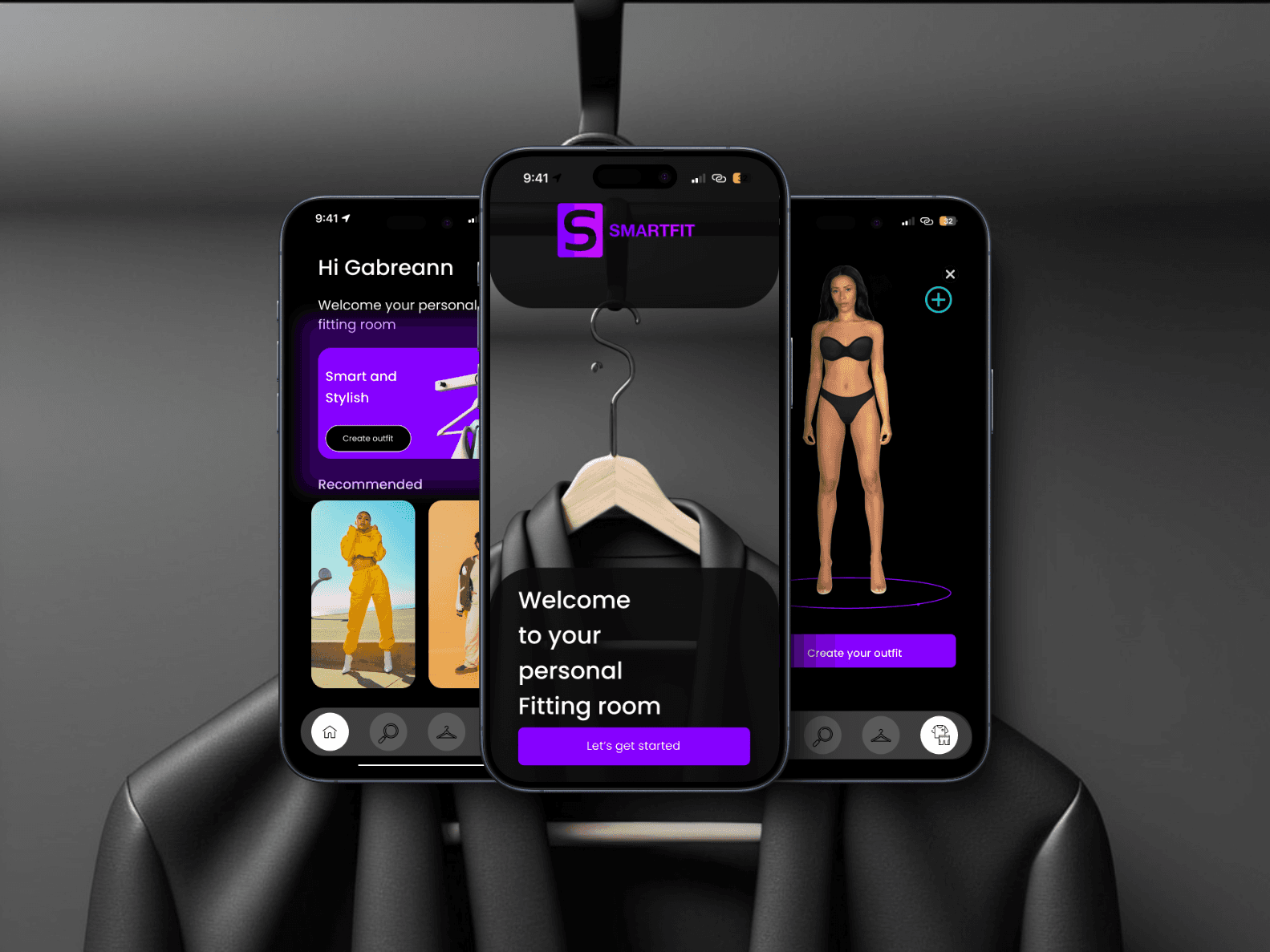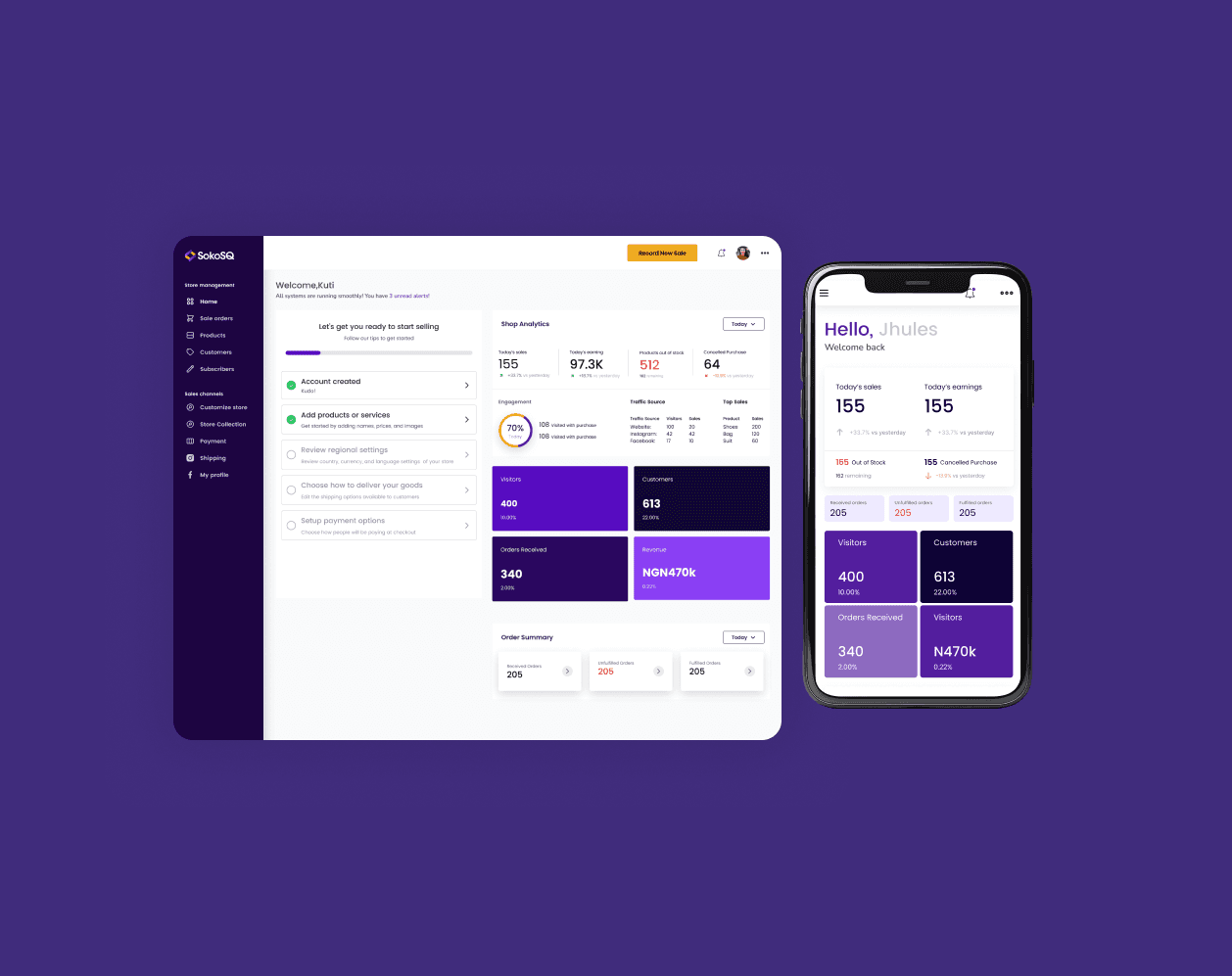My Design Approach
I leverage psychology and science in my design approach, helping to build a strong emotional connection between users and products.
Understanding Users behaviour
I understand human behaviour as the result of thoughts, emotions, environment, and experiences. I believe that by observing actions, listening to personal stories, and analysing patterns, we can begin to understand why people behave the way they do. Everyone’s behaviour is shaped by their unique background, and understanding this helps me connect with others with empathy and insight.
Creating User centered Experience
I approach creating human-centered experiences by focusing on real needs, emotions, and behaviours. I aim to design with empathy, ensuring that every interaction feels intuitive, inclusive, and meaningful. It's about putting people first and shaping experiences that truly resonate with their everyday lives.
Aligning Business Goals with User Needs
I believe aligning business goals with user needs creates value for both the organisation and its audience. By understanding user behaviour and expectations, I aim to design solutions that support strategic objectives while delivering seamless, meaningful experiences that genuinely solve problems and build trust."











